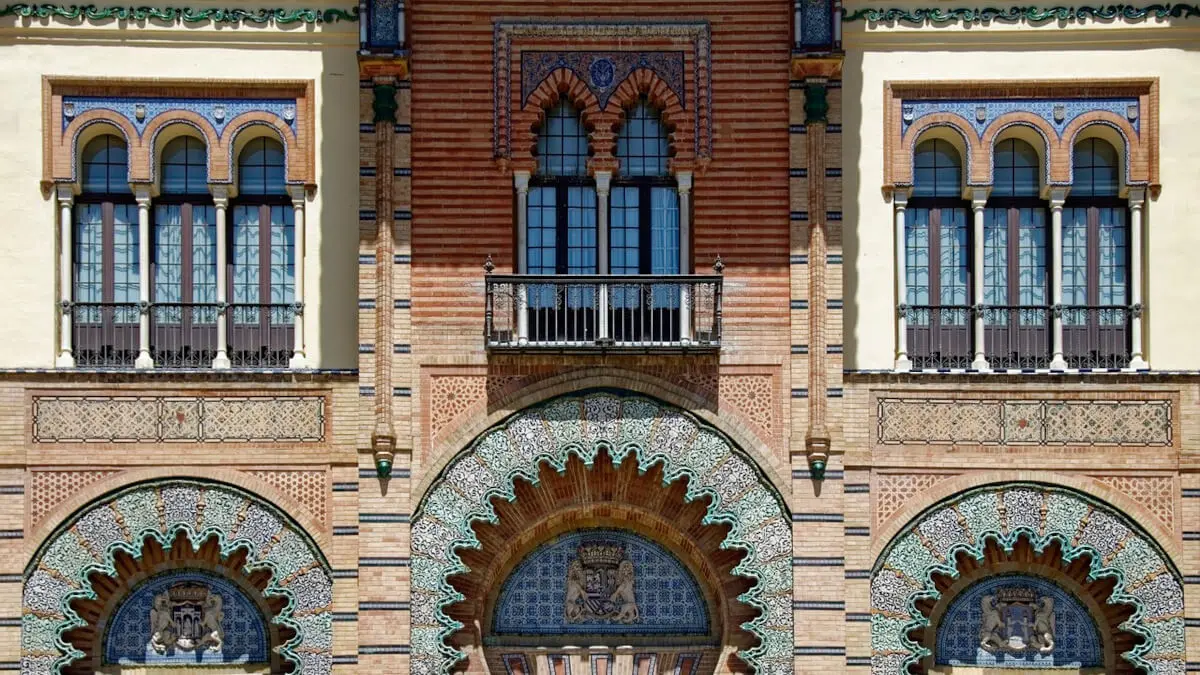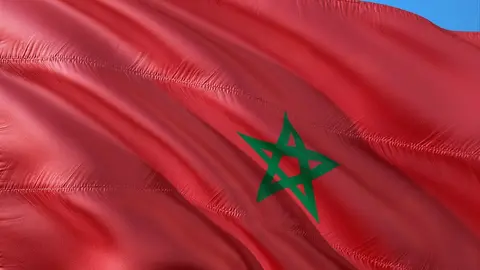The Castilian Journey

Leaving Madrid, the capital of art, gastronomy, and architecture, is no easy feat. Here, traces of the Bourbon legacy from the 18th century blend seamlessly with the modernity of the 19th and 20th centuries... Madrid stands as the epitome of modernity, with remnants of its "imperial" epochs, rich in civilization, but not without recollections of setbacks as well.
In the autumn of 2023, we ventured northwest towards Valladolid, or Balad Al-Walid as the Arabs used to call it, situated in the heart of "Castile and León." Some attribute Valladolid's name to the Umayyad caliph Al-Walid ibn Abd al-Malik (668-715 AD), while others attribute it to the Celtic expression "Vallis Tolitum," meaning valley of water, referring to the confluence of the Pisuerga and Esgueva rivers before joining the Duero.
"Castile and León" is Spain's largest autonomous community and the pulsating heart of Spanish civilizational heritage. It comprises territories that once belonged to the Kingdom of León, including Salamanca, renowned for its university dating back to the 12th century, its Baroque churches, and squares, as well as territories of the former Kingdom of Castile, particularly "Valladolid" and Segovia, the latter home to an aqueduct built by the Romans in the 2nd century AD, and classified as a UNESCO World Heritage site.
Some consider "Valladolid" the capital of the "Castile and León" region, but the Leonese disagree; for them, León is the cradle of ancient "parliamentary culture," as attested to be the UNESCO-classified documents of the so-called "León Decrees of 1188”--an intangible human heritage that tells of a European parliamentary system whereby the king, representatives of the clergy, and the people convene to discuss matters of relevance to the community.
Nevertheless, Valladolid remains the beating heart of the Castile and León region, akin to what Fez represented for Muslims until recently: a space symbolizing culture, urbanization, science, and knowledge. Belonging to Valladolid instills a sense of uniqueness and cultural and political leadership among its people, much like belonging to Fez among the Fassis.
The Castilian journey took us from Madrid to Valladolid, then westward to La Rioja (located south of the Basque Country), known for its agricultural products, especially its famous wine industry, and from there to Zaragoza (capital of Aragon), passing through Logroño, capital of La Rioja, and the southern part of the Navarre community, known for its industry and robust economy.
In Zaragoza, the capital of Aragon, stands the Baroque Cathedral-Basilica of Our Lady of the Pillar (according to the Catholic tradition, the appearance of the Virgin above a pillar is to convey her promise: "just as the Pillar would always remain firm in that place, faith would not disappear from Spain"), along with the Aljafería Palace, built during the era of Al-Muqtadir, which served as the government seat of the Hudid kings (1036-1114), one of the Taifa kingdoms.
Our journey through Aragon reminded me of the unification of the Kingdom of Castile and Aragon during the reign of Isabella I and her husband Ferdinand II in 1479, leading to the unification of Spain and the eradication of the last Islamic presence with the fall of the Nasrid kingdom of Granada (1492), the expulsion of the Sefarads , and the establishment of the infamous Inquisition Courts, marking (paradoxically for some) the beginning of the golden age of the Spanish Empire (hegemony). Heritage bears witness to this challenging coexistence (throughout history), which Spaniards have now overcome by establishing a modern, culturally, and ethnically (more or less?) diverse society.
From Aragon, we headed to Valencia, passing through Teruel, capital of Mudéjar architecture. The "Mudéjars" were Muslims allowed to remain on the peninsula after the "Christian Reconquest" (despite waves of repression and inquisition). Mudéjar art is an architecture developed by Spanish artisans between the 13th and 16th centuries, based on Islamic art and inspired by its styles and themes. Teruel was, at times, a "border city" between the Almohads of Valencia and the Kingdom of Aragon, with its capital, Zaragoza, but it overcame the impossibility of political coexistence with Christian architecture of Islamic origin. What politics couldn't achieve, culture embodied in a beautiful and sometimes dazzling way.
Valencian architecture bears witness to the Islamic legacy during the Umayyad, Taifa, Almoravid, and finally, Almohad periods. The irrigation system established by the Banu Amir kings was unique. But present-day Valencia, with its port, industry, commerce, agricultural activity, and tourism, is witnessing unprecedented economic development. Valencia, the Garden of Andalusia, is now a hub of diverse cultural activities, especially the Museum of Fine Arts and the Museum of Valencian History. Between a glorious past and a rich present, Valencia remains one of the jewels of modern Spain. Nature, climate, and ecology interact over the centuries, giving it a new shine, in tune with modern times and new political realities.
After Valencia, we returned to Castile and León via Castile-La Mancha, Madrid, and then Zamora. Castile-La Mancha is also extensive, although with less economic potential than the northern provinces. We did not visit Toledo, the beautiful city, which was a gateway for incoming Arabic philosophy, wisdom, and knowledge books, and biographies of Greek heritage translated into Arabic during the Umayyad and Abbasid eras, especially during the reign of Caliph Al-Mamun (813-833 AD). Just as Hunayn ibn Isḥāq, Al-Harafi, Al-Tabari, and Al-Kindi excelled in translating books from Greek, Persian, and Syriac into Arabic, the Toledo School of Translation, led by the high priest Raymond of Toledo (1125-1152), spearheaded the effort to translate Arabic books into Latin, during the reign of Alfonso X, known as Alfonso the Wise, king of Castile and León and Galicia (1252-1284), who supervised translations from Arabic into Castilian Alfonsí. The translators of the "House of Wisdom" during the reign of Al-Ma'mun and the translators of the Toledo School during the time of Alfonso X and Raymond served humanity, science, and knowledge greatly, and helped in “building” the European Renaissance, which led to great scientific advancements and technological developments.
The Castilian journey finally led us to the province of Zamora, located on the "Silver Way," which since Roman times linked Cádiz and Seville in Andalusia and Santiago de Compostela in Galicia, and from there to Finisterre overlooking the Atlantic Ocean. This route passes through Zafra, Cáceres (west of Madrid), Salamanca, and Zamora in Castile and León. We did not enter Zamora or visit the "Silver Way" (or the "Balat Road" as the Arabs called it), but we approached it as we visited the countryside of this region before returning to Valladolid.
A journey through the geography, history, and culture of modern and ancient Spain. The Arab-Islamic heritage is present in the names, architecture, and culture. However, the power of the Christian "reconquest," which began five centuries ago, is also strong. The characteristics of imperial expansion, wealth, and luxury that accompanied the "reconquest" also affected urbanization and the level of advancement of Spain as a whole. The waves of modernization and industrialization accompanying the era of democracy and decentralization are also clearly visible, factors that significantly propelled Spain forward in terms of human and economic development. Yes, there are challenges to maintaining unity in the context of linguistic and ethnic diversity, but Spain, in my opinion, possesses the cultural components that enable it to preserve the current experience in the present and in the future.



